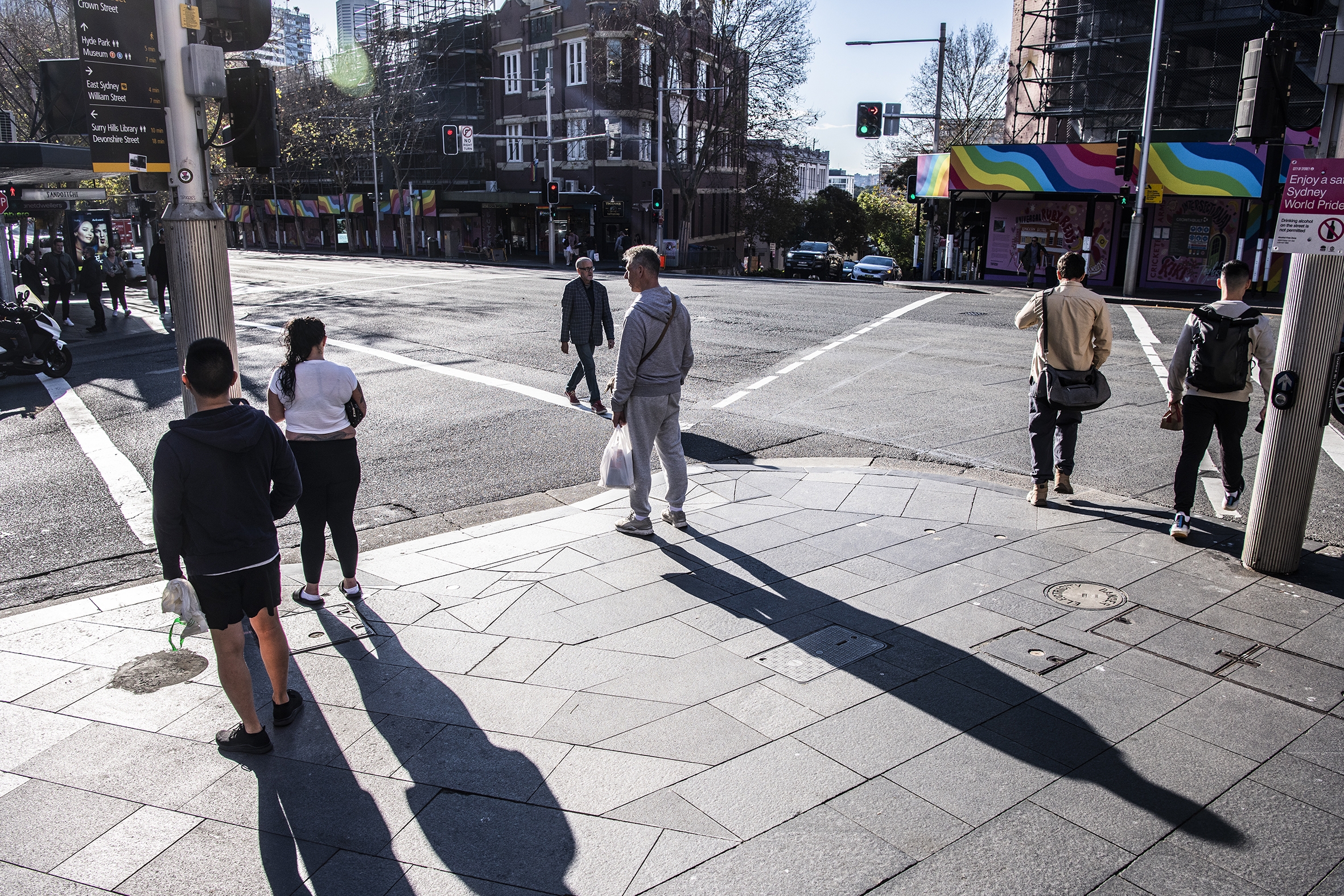
Australia is in a baby recession that hasn’t been seen in decades as the cost-of-living crisis stops people from starting families.
Analysis from KPMG released this morning shows the number of babies born in 2023 was the lowest since 2006 – a far cry from the post-pandemic surge in births in 2021 and 2022.
It said the drop was due to the extreme financial pressure households came under as both inflation and interest rates increased.
READ MORE: Global star spotted in Paris ahead of Olympics opening ceremony
“Following the uncertainty of pandemic lockdowns people who had held off having children decided to start families,” KPMG urban economist Terry Rawnsley said.
“The record-low unemployment rate and the stimulus money that flowed into the economy had provided encouragement for people to start having children again.
“With the current rise in living expenses applying pressure on household finances, many Australians have decided to delay starting or expanding their families.
“This combination of the pandemic and rapid economic changes explains the spike and subsequent sharp decline in birth rates we have observed over the past four years.
“This is against the backdrop of a long-term decline in the total fertility rate, which has declined from over 2 children per woman in 2008 to 1.6 in 2023.”
READ MORE: Burst of winter warmth for multiple states
The last time so few children were born in Australia was 2006. Halfway through that year, the Howard government increased the baby bonus from $3000 to $4000 in an (ultimately successful) attempt to stimulate population growth.
It was increased again to $5000 in 2008 before being scaled back to $3000 in 2013 and scrapped altogether a year later.
While there hasn’t been such a low number of births in almost 20 years, Rawnsley said such a sharp year-to-year decrease hadn’t been seen in about half a century.
“Birth rates provide insight into long-term population growth as well as the current confidence of Australian families,” he said.
READ MORE: Single factor about to reduce mortgage stress from record-high level
“We haven’t seen such a sharp drop in births in Australia since the period of economic stagflation in the 1970s, which coincided with the initial widespread adoption of the contraceptive pill.”
The drop in births was most pronounced in capital cities, particularly Sydney and Melbourne, while the decline was far more subdued in regional areas.
“Births across most regions have returned to pre-pandemic levels as the baby boom driven by younger Australians shifting to the regions ran out of steam,” Rawnsley said.
The one capital where births didn’t drop was Canberra, where cost-of-living pressures have been less pronounced.
“CPI growth in Canberra has been slightly subdued compared to that in other major cities, and the economic outlook has remained strong,” Rawnsley said.
“This means families have not been hurting as much as those in other capital cities, and in turn, we’ve seen a stabilisation of births in the ACT.”
links to content on ABC
9News





